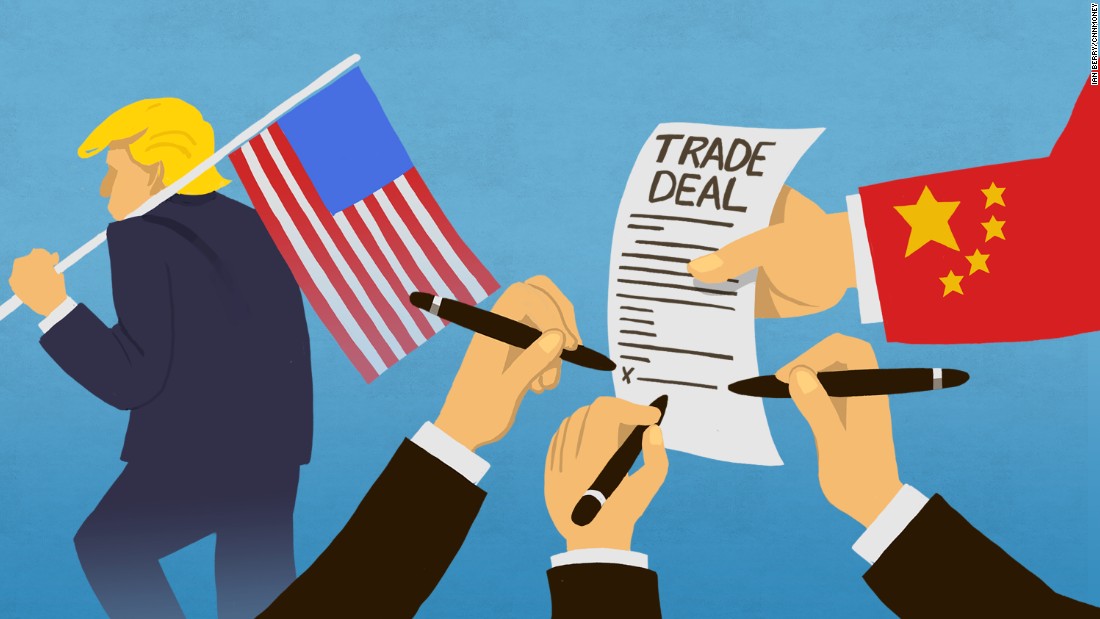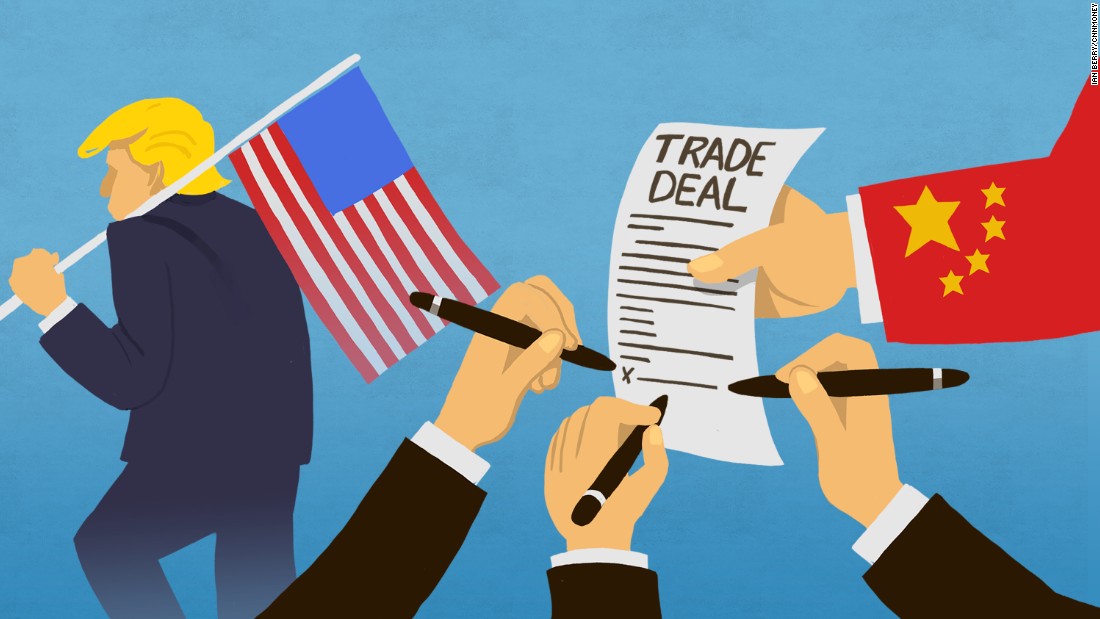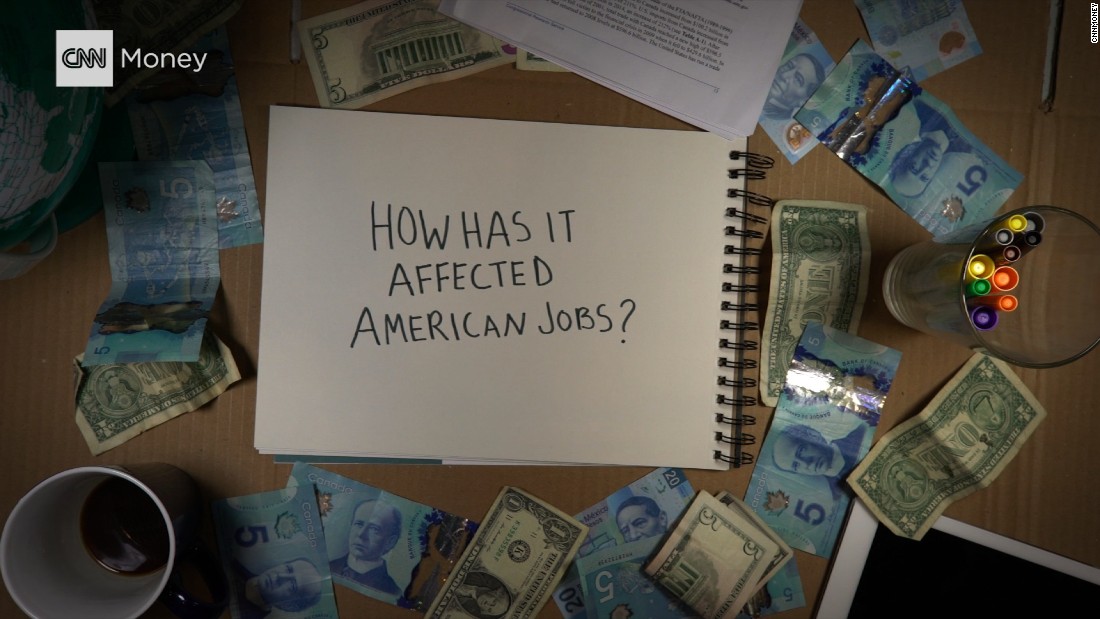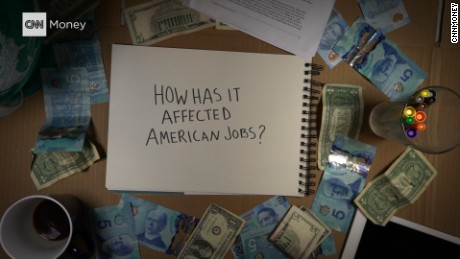TPP vs RCEP? Trade deals explained
Posted by John P. Bradford // January 29, 2017


(CNN)With US President Donald Trump withdrawing his country from the Trans-Pacific Partnership (TPP), its future is now doomed.
Trump campaigned against TPP, warning that it would cost US jobs and comparing it to the North American Free Trade Agreement (NAFTA) signed by President Bill Clinton.
His decision
may also leave the door open for China to expand its economic might across Asia and the Pacific with its own trade deal, the Regional Comprehensive Economic Partnership (RCEP).
But what exactly is RCEP, and how does it compare to the TPP and NAFTA?
Who’s down with TPP?
As originally drafted, the Trans-Pacific Partnership was a colossal, multinational trade agreement encompassing 12 countries, who together account for 40% of global GDP and 20% of global trade.
By eliminating some 18,000 tariffs and expanding market access across the Pacific region, the deal’s supporters said, it would create major US export and job opportunities.
If the TPP were approved,
according to US think tank Brookings Institution, the US would have stood to gain $77 billion annually, while Japan would have clinched an even larger $105 billion.
The deal also included labor, environmental and intellectual property protections sought by businesses and other groups.
While Trump officially withdrew the US, by far the biggest signatory to the deal, from the TPP Monday, no other country has yet made signs of withdrawing from the partnership.
With the 11 remaining signatories
now deciding whether to move on without the US, or abandon the agreement completely, attention is focusing on China’s rival deal.
RCEP?
The Regional Comprehensive Economic Partnership (RCEP) is composed of the 10 member states of the Association of Southeast Asian Nations (ASEAN) and six states with which ASEAN has existing free trade agreements.
The deal does not include the US, but both Japan and Australia — signatories to the TPP — are involved. If the RCEP is approved, it would create one of the world’s largest free-trade zones.
The RCEP countries make up 46% of the global population and are worth 24% of global GDP.
However, the deal lacks the protections for labor, human rights and the environment set by the TPP.
So what about NAFTA?
During the election, Trump railed against both the TPP and
the North American Free Trade Agreement (NAFTA), a major deal signed between the US, Canada and Mexico in 1994.
Trump blames NAFTA — which he has called “
the worst trade deal in history” — for the loss of manufacturing jobs in America’s Rust Belt.
He has vowed to renegotiate the deal, saying Sunday that he has scheduled meetings later this month with Canadian Prime Minister Justin Trudeau and Mexican President Enrique Pena Nieto.
Read more: http://www.cnn.com/2017/01/24/asia/tpp-rcep-nafta-explained/index.html


